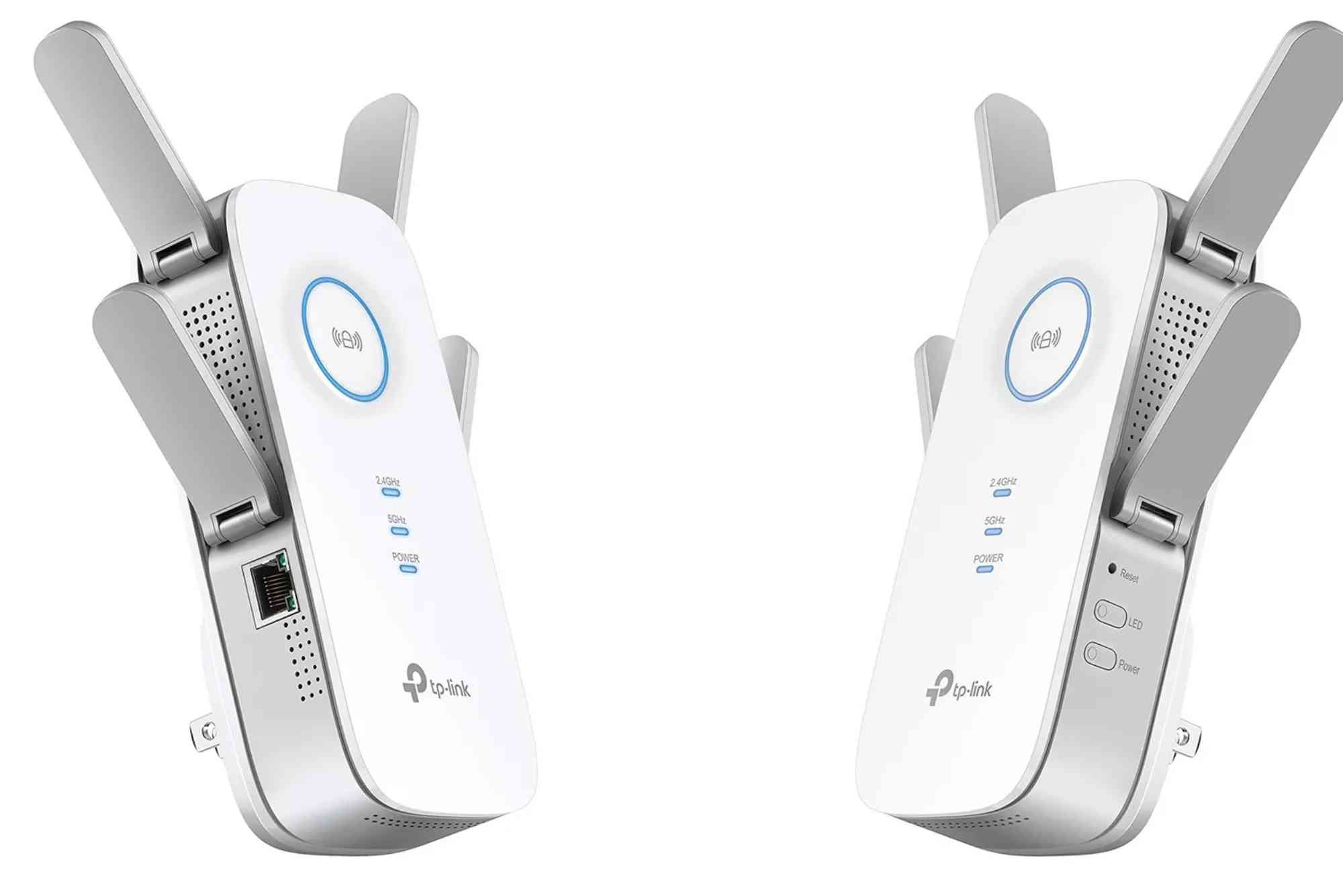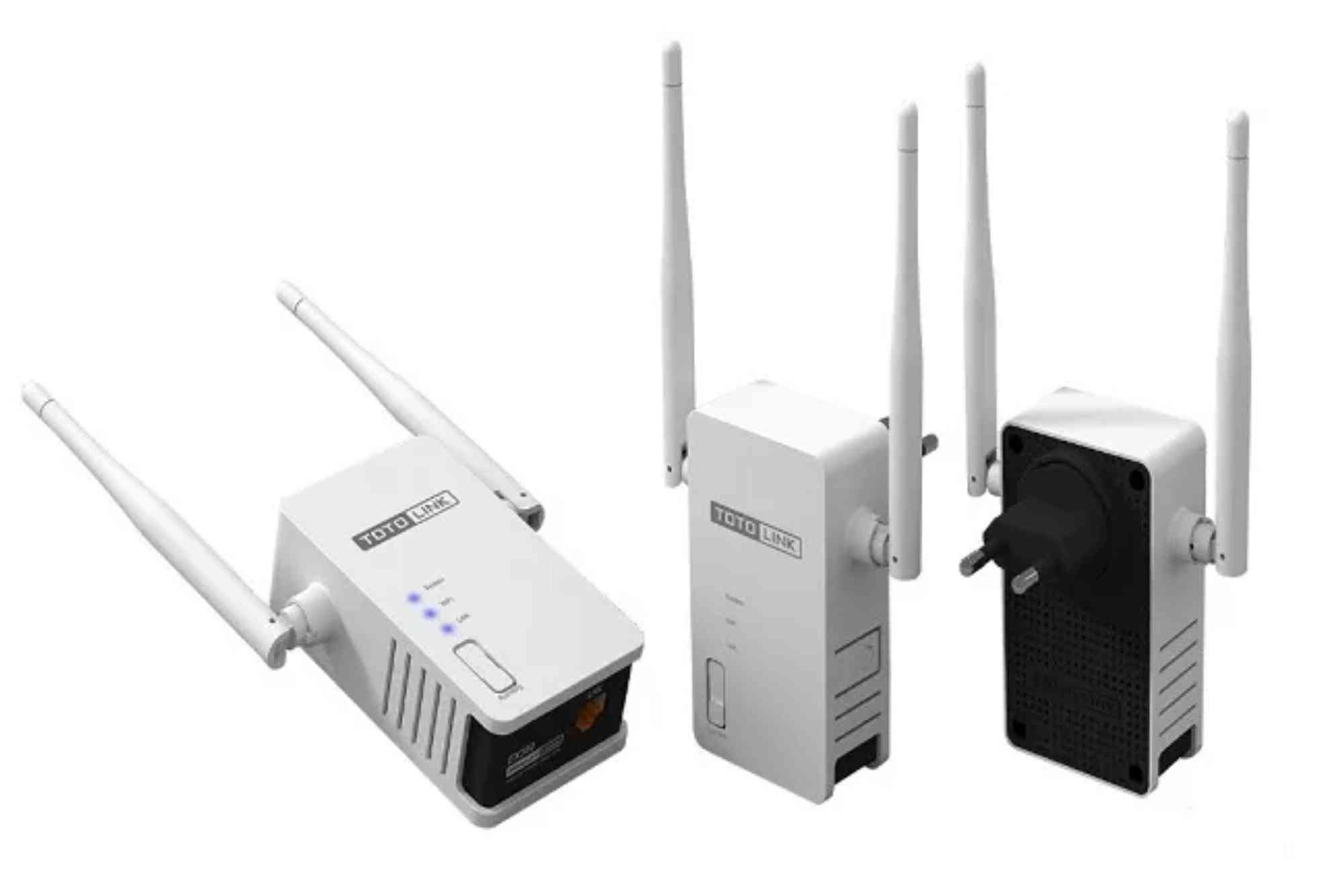In today’s connected world, the quality of your internet connection impacts everything — from remote work and online learning to streaming and gaming. When choosing a provider, one of the most common comparisons people face is fiber optic internet vs DSL. Both technologies deliver internet access, but they differ significantly in performance, speed, and reliability. Understanding these differences can help you make the right decision for your needs.
What Is Fiber Optic Internet?
Fiber optic internet uses thin strands of glass or plastic to transmit data as pulses of light. This technology delivers data at nearly the speed of light, allowing for extremely fast upload and download speeds. Because fiber connections don’t rely on electricity or copper wires, they experience less interference and signal degradation.
Fiber internet is known for symmetrical speeds — meaning upload and download rates are often identical. This makes it ideal for video conferencing, cloud backups, and high-quality streaming. Cities like Mountain View are seeing a rapid expansion of fiber networks, making it a top choice for both residential and business users seeking speed and stability.
What Is DSL Internet?
DSL, or Digital Subscriber Line, delivers internet through existing telephone lines. Unlike old dial-up connections, DSL allows you to use your phone and internet simultaneously. However, DSL’s performance depends heavily on your distance from the service provider’s central office. The farther you are, the slower your connection becomes.
While DSL is widely available and affordable, it cannot match the speed or reliability of fiber optic internet. DSL technology is reaching its limits, and many internet service providers are gradually phasing it out in favor of fiber.
Speed Comparison: Fiber Optic Internet vs DSL
When comparing fiber optic internet vs DSL, speed is the most noticeable difference. Fiber connections can reach gigabit speeds — 1 Gbps and beyond — while DSL typically offers between 10 Mbps and 100 Mbps. That’s a huge performance gap, especially for households with multiple devices streaming or gaming simultaneously.
Fiber’s symmetrical speeds mean you can upload large files, host video calls, or stream in 4K without lag. DSL connections, on the other hand, often have much slower upload speeds, which can cause delays during online meetings or when uploading content to the cloud.
In practical terms, fiber internet is up to 100 times faster than DSL. This speed difference directly affects productivity, especially for remote workers and businesses relying on constant online access.
Reliability and Stability
Fiber internet is far more reliable than DSL. Because it transmits data through light rather than electrical signals, fiber is resistant to weather, temperature changes, and electromagnetic interference. This means fewer outages and consistent performance, even during peak hours.
DSL connections can experience slowdowns and interruptions due to electrical interference and network congestion. If you live in a rural area with aging infrastructure, DSL performance may fluctuate throughout the day. Fiber’s dedicated lines offer consistent, low-latency connectivity — ideal for video conferencing, online gaming, and real-time data transfer.
Cost and Availability
DSL has one main advantage: availability. Because it uses existing telephone lines, DSL is accessible in many rural and suburban areas where fiber infrastructure hasn’t been installed yet. It’s also generally cheaper on a monthly basis. However, the lower price comes with slower speeds and outdated technology.
Fiber optic internet may cost more upfront, but it provides far better long-term value. As fiber networks expand, prices continue to drop. Many providers offer competitive packages, making fiber a smart investment for future-proof connectivity. For users in areas like Mountain View, fiber is increasingly accessible, offering blazing-fast performance for homes and offices alike.
If you’re comparing providers, Dhanote Internet Services is one example of a company offering reliable high-speed fiber plans with flexible pricing options.
Installation and Setup
Installing fiber optic internet typically involves running new cables to your home, which can take a few hours or days depending on your location. Once connected, fiber requires minimal maintenance and rarely experiences downtime.
DSL installation, on the other hand, is usually faster since it uses your existing phone lines. However, the quality of those lines can affect your connection’s performance. Older wiring may limit your speed and reliability, leading to frustrating interruptions.
Performance for Different Uses
Fiber optic internet excels in scenarios that demand speed and stability. For example, households that stream 4K video, participate in video calls, or play online games will notice a significant improvement over DSL. Businesses that rely on cloud computing or remote work benefit from fiber’s symmetrical speeds, ensuring fast uploads and smooth collaboration.
DSL may be suitable for basic browsing, email, and light streaming, but it struggles with modern demands. Uploading large files, participating in HD video meetings, or streaming on multiple devices can easily exceed DSL’s capabilities.
Future-Proofing Your Internet Connection
Technology evolves rapidly, and the demand for higher bandwidth continues to grow. With the rise of smart homes, 4K streaming, and virtual reality applications, DSL’s limited bandwidth can’t keep up. Fiber, however, is built for the future. Its infrastructure can handle massive amounts of data and adapt to new technologies without major upgrades.
Investing in fiber now ensures you won’t need to switch providers or upgrade hardware soon. It’s a long-term solution for households and businesses looking to stay ahead of digital advancements.
Environmental Impact
Fiber optic internet is more energy-efficient than DSL. It uses light signals instead of electrical currents, reducing power consumption and minimizing carbon emissions. Additionally, fiber cables last longer and require less maintenance, making them a sustainable choice for eco-conscious consumers.
Security Considerations
Fiber offers enhanced data security. Because it transmits information via light, it’s more difficult to tap or intercept compared to copper-based DSL connections. This makes fiber an excellent choice for businesses handling sensitive data and individuals prioritizing privacy and cybersecurity.
Fiber Optic Internet vs DSL: Which Should You Choose?
If you prioritize speed, reliability, and future-ready technology, fiber optic internet is clearly the better choice. DSL remains a decent option for users in rural areas or those on a tight budget, but it’s quickly becoming outdated. Fiber provides the consistency and performance needed for today’s connected lifestyles — and tomorrow’s innovations.
In regions like Mountain View, where high-speed connectivity supports digital lifestyles, fiber is the smart choice for work, learning, and entertainment.
FAQ: Fiber Optic Internet vs DSL
1. Is fiber optic internet really faster than DSL?
Yes. Fiber internet can deliver speeds over 1 Gbps, while DSL typically maxes out at 100 Mbps. Fiber also provides symmetrical upload and download speeds.
2. Can I get fiber optic internet in my area?
Availability depends on your location. Many urban and suburban areas now have access, and fiber expansion is ongoing nationwide.
3. Is fiber internet more expensive than DSL?
While monthly costs can be slightly higher, fiber’s value outweighs DSL in speed, reliability, and long-term performance.
4. Does weather affect fiber optic internet?
No. Unlike DSL, fiber is not affected by rain, lightning, or electrical interference, ensuring a more stable connection.
5. Is fiber better for gaming and streaming?
Absolutely. Fiber’s low latency and high bandwidth provide smoother gameplay and buffer-free streaming, even with multiple devices online.
The Clear Winner — Fiber Optic Internet
When comparing fiber optic internet vs DSL, the verdict is clear. Fiber delivers unmatched speed, stability, and long-term reliability, making it the best choice for modern users. While DSL may still serve basic needs, fiber is the technology of the future — built to handle everything from 4K streaming to cloud computing.








